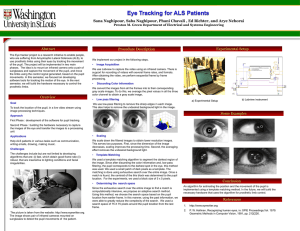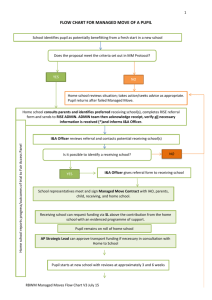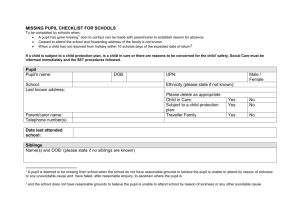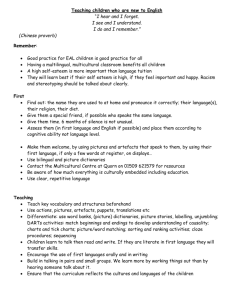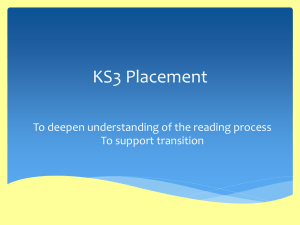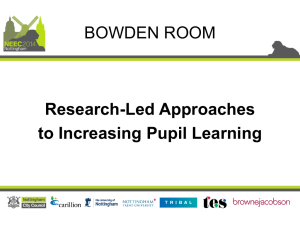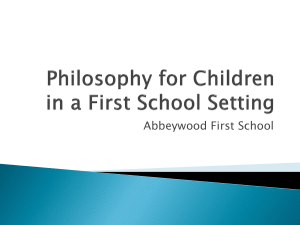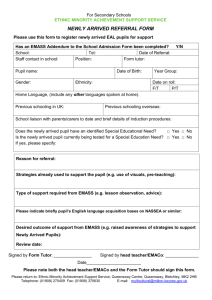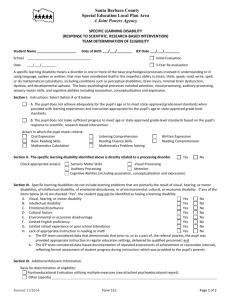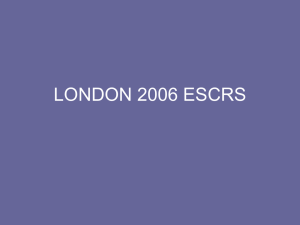Eye tracking for ALS patients
advertisement
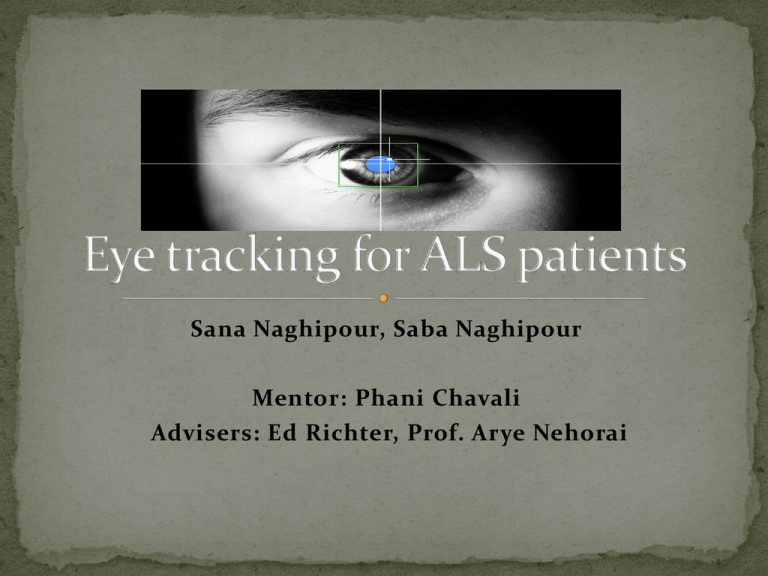
Sana Naghipour, Saba Naghipour Mentor: Phani Chavali Advisers: Ed Richter, Prof. Arye Nehorai The Eye tracker project is a research initiative to enable people, who are suffering from Amyotrophic Lateral Sclerosis (ALS), to use prosthetic limbs using their eyes by tracking the movement of the pupil. The project will be implemented in two main phases. • The idea is to mount an infrared camera onto a pair of sunglasses and capture the movement of the pupil. • Moving the limbs using the control signal generated, based on the pupil movements. In this semester, we focused on developing software tools for tracking the motion of the eye. In the next semester, we will build the hardware necessary to control the prosthetic limbs. Goal: To track the location of the pupil, in a live video stream using image processing techniques. Approach: First Phase : development of the software for pupil tracking Second Phase : building the hardware necessary to capture the images of the eye and transfer the images to a processing unit. Help ALS patients in various tasks such as communication, writing emails, drawing, making music. It also has other applications such as Cognitive Studies Laser refractive surgery Human Factors Computer Usability Translation Process Research Training Simulators Fatigue Detection Virtual Reality Infant Research Geriatric Research Primate Research Sports Training Commercial eye tracking We implement our project in the following steps. Image Acquisition We use Labview to capture the video using an infrared camera. There is support for recording of videos with several frame rates, and formats. After obtaining the video, we perform sequential frame by frame processing. Discarding Color information We convert the images from all the frames into to their corresponding gray scale images. To do this, we average the pixel values in all the three color channel to obtain a gray scale image. Low pass filtering We use low-pass filtering to remove the sharp edges in each image. This also helps to remove the undesired background light in the image. Scaling We scale down the filtered images to obtain lower resolution images. This serves two purposes. First, since the dimension of the image decreases, scaling improves the processing time. Second, the averaging effect removes the undesired background light. Template Matching We used a template matching algorithm to segment the darkest region of the image. Since after discarding the color information and, low-pass filtering, the pupil corresponds to the darkest spot in the eye, this method was used. We used a small patch of dark pixels as a template. The matching is done using exhaustive search over the entire image. Once a match is found, the centroid of the this block was determined to the pupil location. For the experiments, we used a block size of 5 x 5 pixels. Determining the search space Since the exhaustive search over the entire image to find a match is computationally intensive, we propose an adaptive search method. Using this method, we choose the search space based on the pupil location from earlier frame. In this manner, using the past information, we were able to greatly reduce the complexity of the search. We used a search space of 60 X 60 pixels around the pupil location from the last frame. The challenges include but are not limited to developing algorithms that are: (i) fast, which obtain good frame rate (i) robust, that are insensitive to lighting conditions and facial irregularities.


